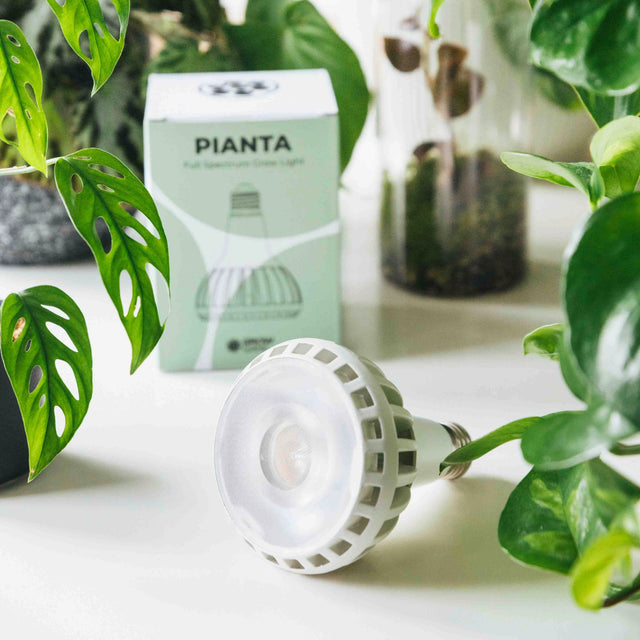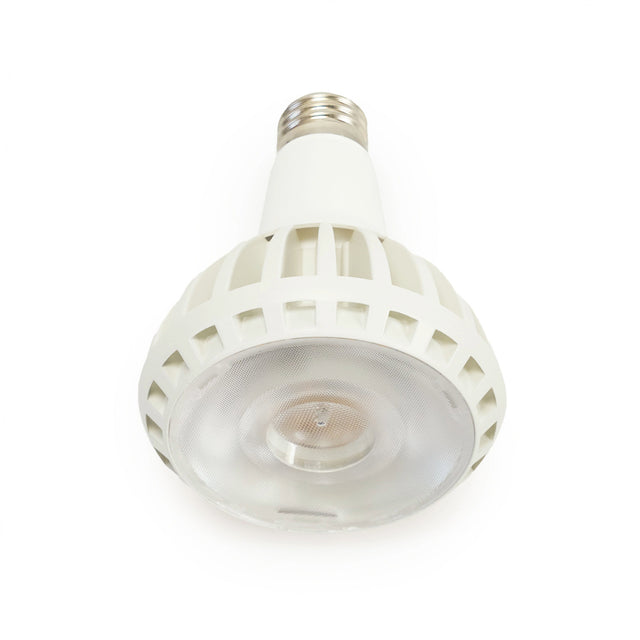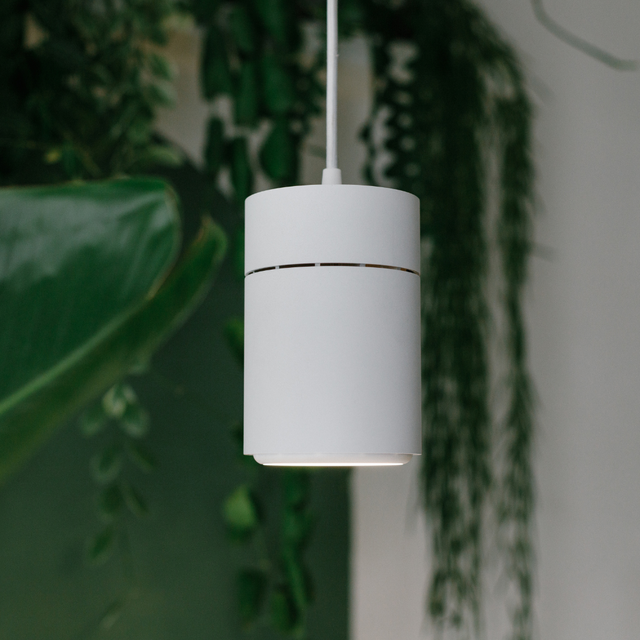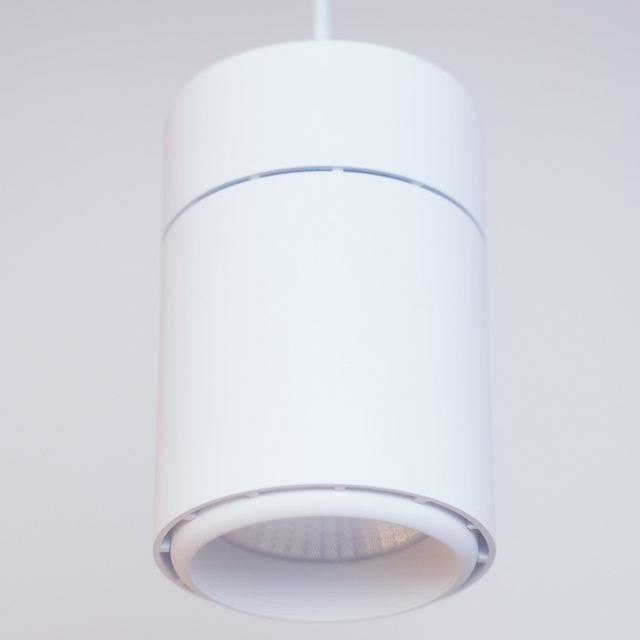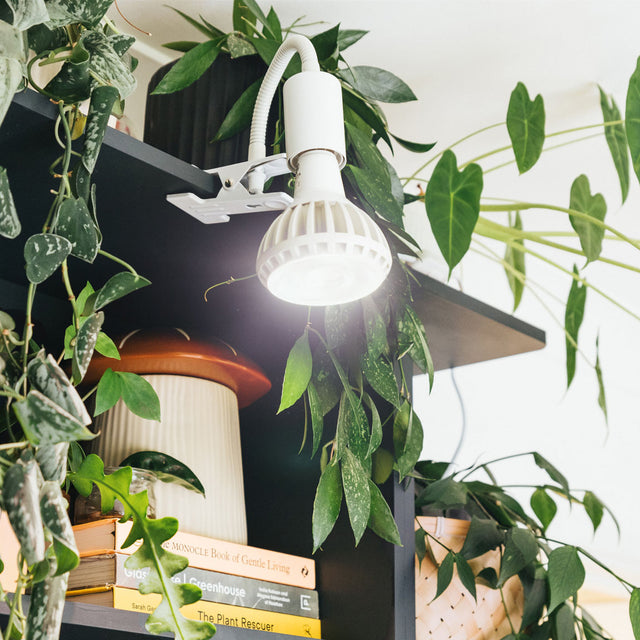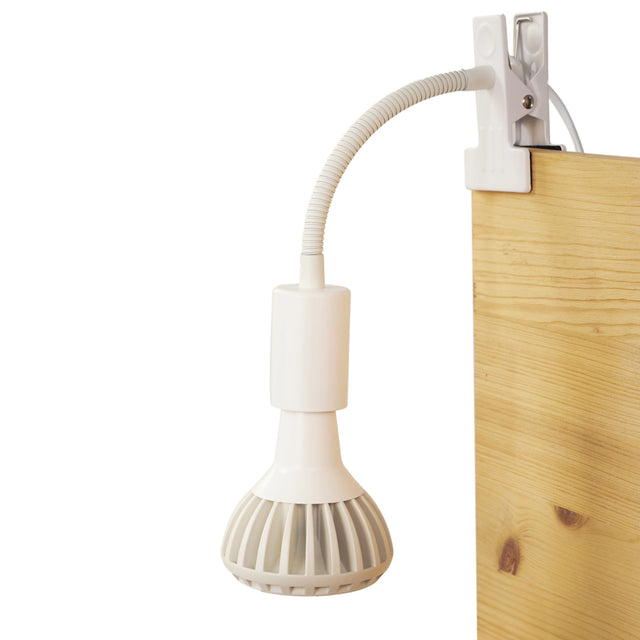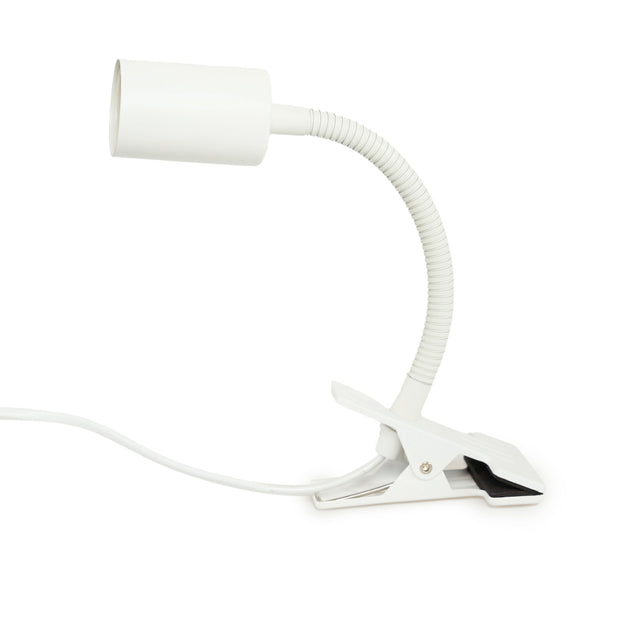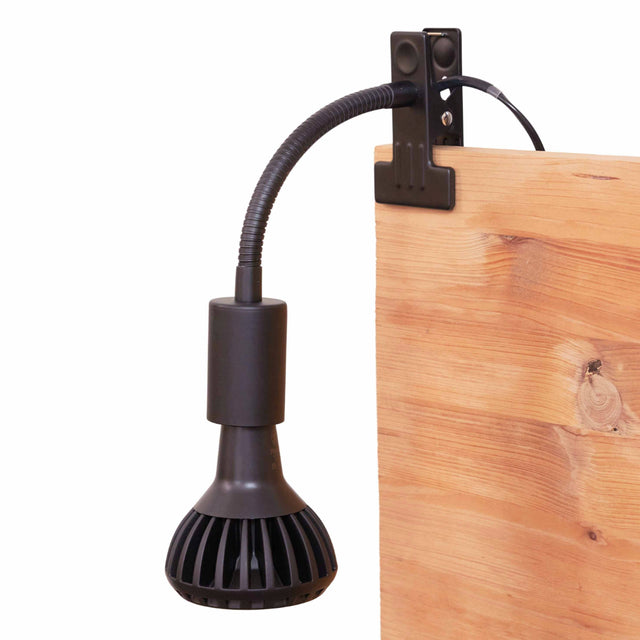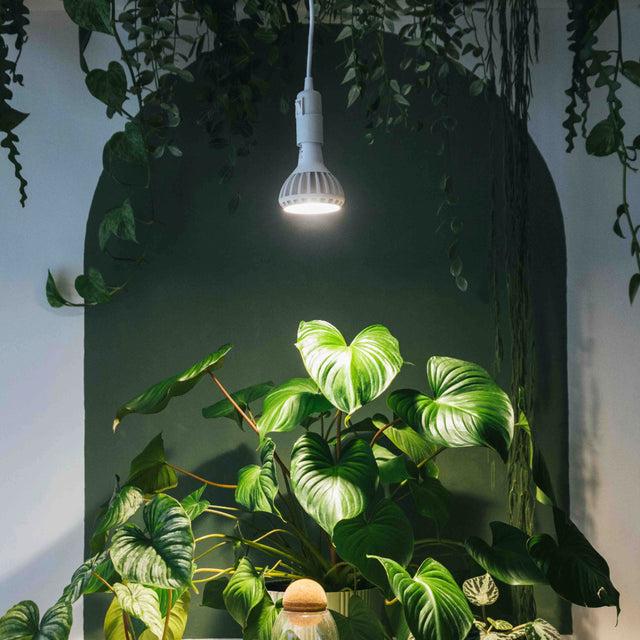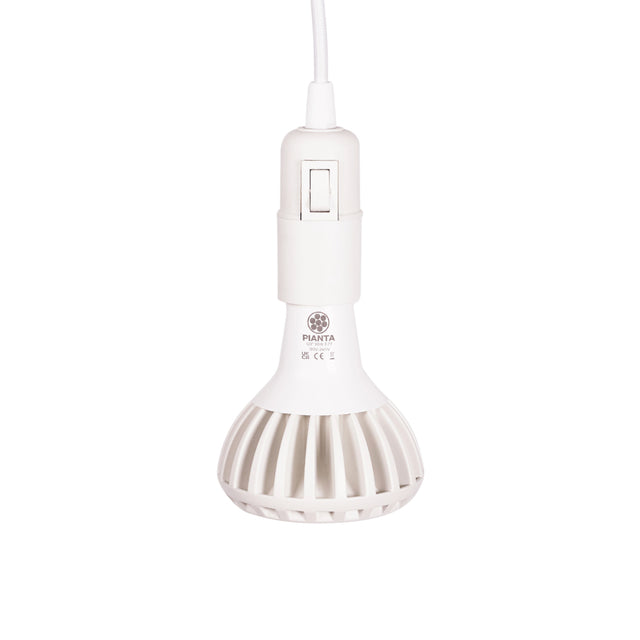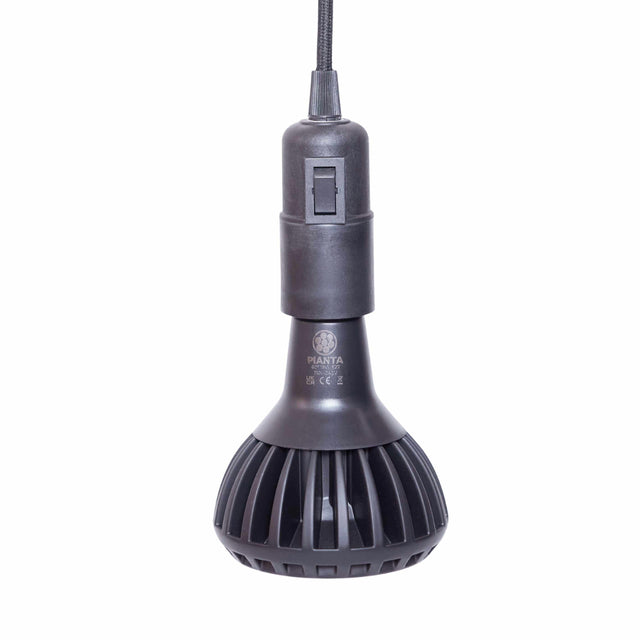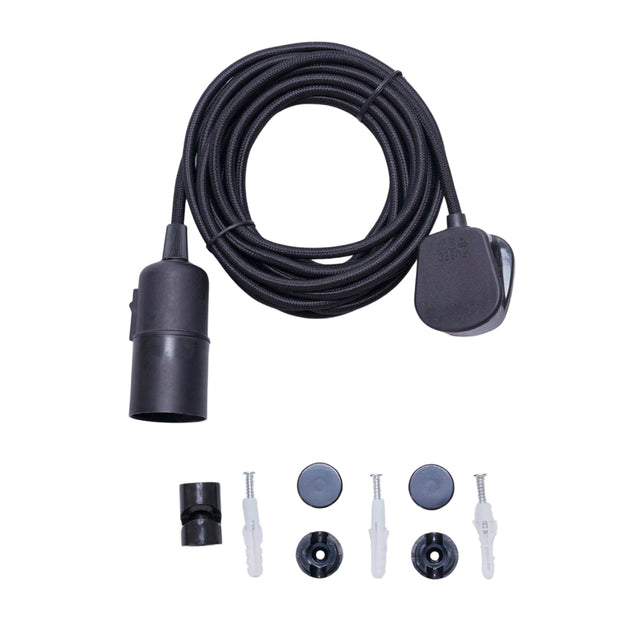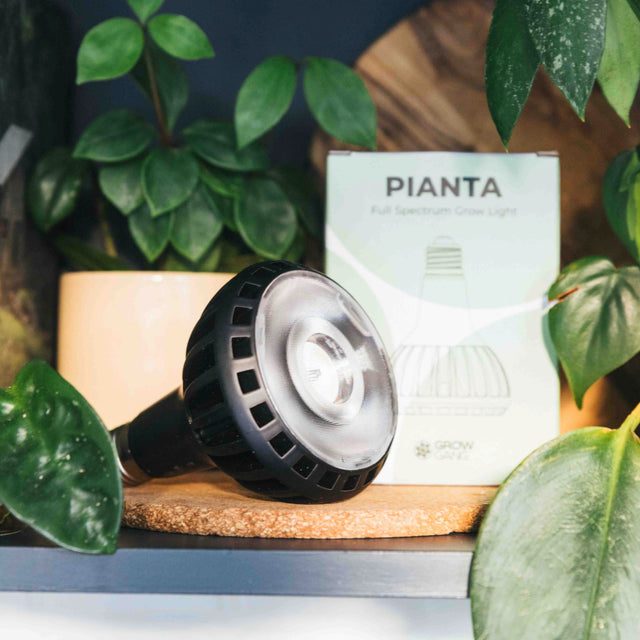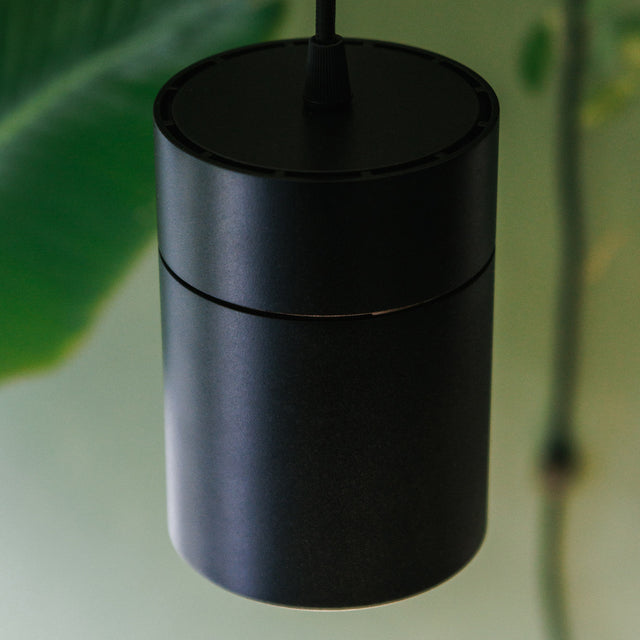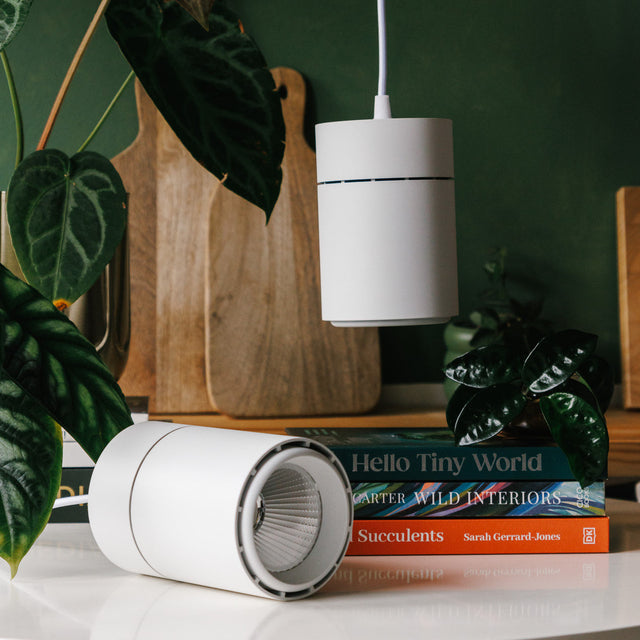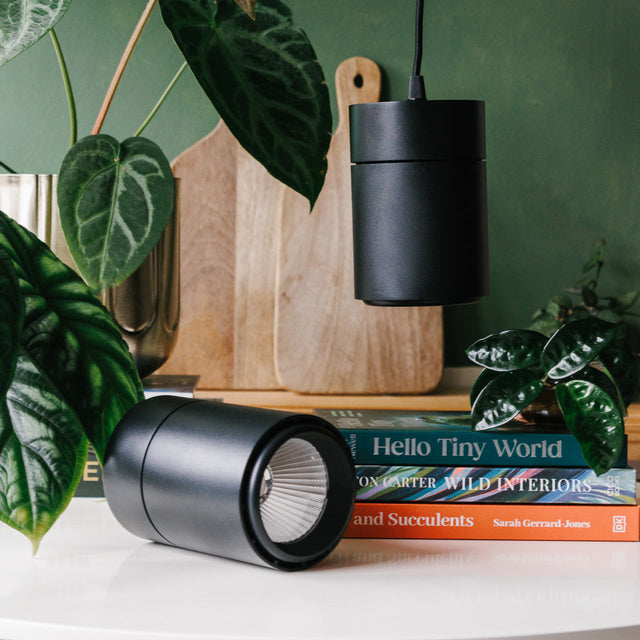
🔬Scientific name: Ficus benjamina, (Family: Moraceae)
🌍 Origin: It’s native to Southeast Asia and northern Australia, with its natural range extending across countries such as India, Malaysia, the Philippines, Indonesia, southern China, and parts of Australia. In the wild, it grows in tropical rainforests, where it can reach heights of up to 30 meters (98 feet), thriving in warm, humid conditions with filtered sunlight. Due to its graceful appearance and adaptability, the Weeping Fig has become one of the most popular ornamental indoor plants worldwide, commonly found in homes, offices, and public spaces across temperate regions.
Lighting
Lighting requirement: Bright, indirect light
The Weeping Fig thrives best in bright, indirect light, making it ideal for spots near windows with filtered sunlight or behind sheer curtains. While it can tolerate some direct morning sunlight, strong afternoon rays may scorch its leaves. Although it can adapt to lower light conditions, reduced light can slow its growth and may lead to leaf drop. In especially dim spaces or during winter months, supplementing with a grow light can help maintain its health. It's also important to avoid sudden changes in lighting, as the Weeping Fig is sensitive to such shifts and may respond by shedding leaves. Consistent, stable lighting is key to keeping this plant vibrant and healthy.
It can be successfully grown under a grow light. Position the grow light about 12 to 24 inches above the plant, and provide 12 to 16 hours of light per day to replicate daylight conditions.
Watering
This plant requires moderate watering, with a focus on maintaining consistent moisture without overwatering. It's best to water the plant when the top 1–2 inches of soil feel dry, which usually equates to about once a week, though this can vary depending on factors like temperature, humidity, and pot size. During the warmer growing seasons of spring and summer, more frequent watering may be necessary, while in the cooler months of autumn and winter, watering should be reduced. It's crucial to ensure the pot has proper drainage and to avoid letting the plant sit in standing water, as this can lead to root rot. Using room-temperature, filtered water and possibly a moisture meter can help keep the plant well-balanced and healthy.
Humidity
The Weeping Fig prefers a humid environment, which closely mimics its tropical native habitat. Maintaining adequate humidity is essential for the plant’s overall health and helps prevent issues like leaf drop and brown edges. Optimal humidity is between 50% and 60%. It can tolerate average indoor humidity (around 40%), but prolonged dryness can lead to leaf curling, browning tips, or leaf loss. During winter, indoor air tends to be drier due to heating systems, which can stress the plant.
Ways to Increase Humidity:
- Mist the leaves regularly using room-temperature water.
- Use a humidifier near the plant to maintain consistent humidity levels.
- Place the pot on a humidity tray ( a shallow tray filled with water and pebbles).
- Grouping it with other plants can also create a more humid microclimate.
In summary, while the Weeping Fig can survive in average home conditions, it will thrive best in a moderately to highly humid
Fertiliser:
The Weeping Fig benefits from regular fertilising, particularly during its active growing season in spring and summer. A balanced, water-soluble fertiliser is ideal, although slow-release or organic options like diluted seaweed extract or fish emulsion can also be used. During the growing months, feeding every 4–6 weeks supports healthy foliage and overall vitality, but fertilising should be reduced or stopped entirely during autumn and winter when the plant’s growth slows. To avoid root burn, it's important to water the plant before applying fertiliser and to dilute the feed to half-strength if needed. Newly repotted or stressed plants should not be fertilised until they’ve recovered. Signs of nutrient deficiency include pale leaves, stunted growth, or unexplained leaf drop, indicating it may be time to adjust the feeding routine.
Temperature:
It thrives in warm, stable indoor temperatures, ideally between 18°C and 24°C during the day, and not falling below 15°C at night. While it can tolerate brief exposure to temperatures as low as 10°C, prolonged cold can lead to stress and leaf drop. This plant is particularly sensitive to sudden temperature fluctuations, especially from cold draughts, open windows, air conditioning, or direct heat sources like radiators. To keep it healthy, it's best to position the plant in a location where it won't be exposed to abrupt changes or extreme temperatures, ensuring a consistently warm and protected environment.
Troubleshooting and Pests:
This plant is prone to several common issues, with leaf drop being the most frequent, usually triggered by sudden changes in light, temperature, humidity, or even being moved. Yellowing leaves often result from overwatering or poor drainage, while browning tips typically indicate low humidity or inconsistent watering. Slow growth or pale foliage may signal a nutrient deficiency, which can be remedied with balanced fertilisation during the growing season.
Pest problems also occur, including spider mites, mealybugs, scale insects, and thrips. These can be managed with regular misting, neem oil, insecticidal soap, or by gently removing pests with a cotton swab dipped in alcohol. Preventative care is essential—always inspect new plants, keep leaves clean, and maintain stable environmental conditions to minimise stress. With attentive care and early intervention, most problems can be quickly resolved, keeping the plant healthy and attractive.
Height:
It can vary widely in height depending on its growing conditions. When cultivated indoors in a pot, it typically reaches between 1.2 to 2.4 metres tall, though with the right care it can grow even taller over time. As a moderate to fast grower, especially during the warmer months, its height can be managed through regular pruning and occasional repotting every 2–3 years to accommodate root growth. Providing consistent light, warmth, and nutrients supports healthy vertical development, while trimming helps maintain a desired shape and size, making it a practical and elegant choice for indoor spaces.
Is It Toxic To Pets?
Yes. The Weeping Fig is toxic to pets, including cats, dogs, and small animals, due to the presence of ficin and ficusin (enzymes found in its sap). If ingested or if the sap comes into contact with a pet's skin or mouth, it can cause a range of symptoms such as oral irritation, excessive drooling, vomiting, diarrhoea, and skin irritation. To ensure pet safety, it's best to keep the plant out of reach, either on high shelves or in hanging planters. If a pet shows any signs of illness after interacting with the plant, it's important to seek veterinary advice promptly. While the Weeping Fig is a popular decorative choice, caution is necessary in homes with animals.
